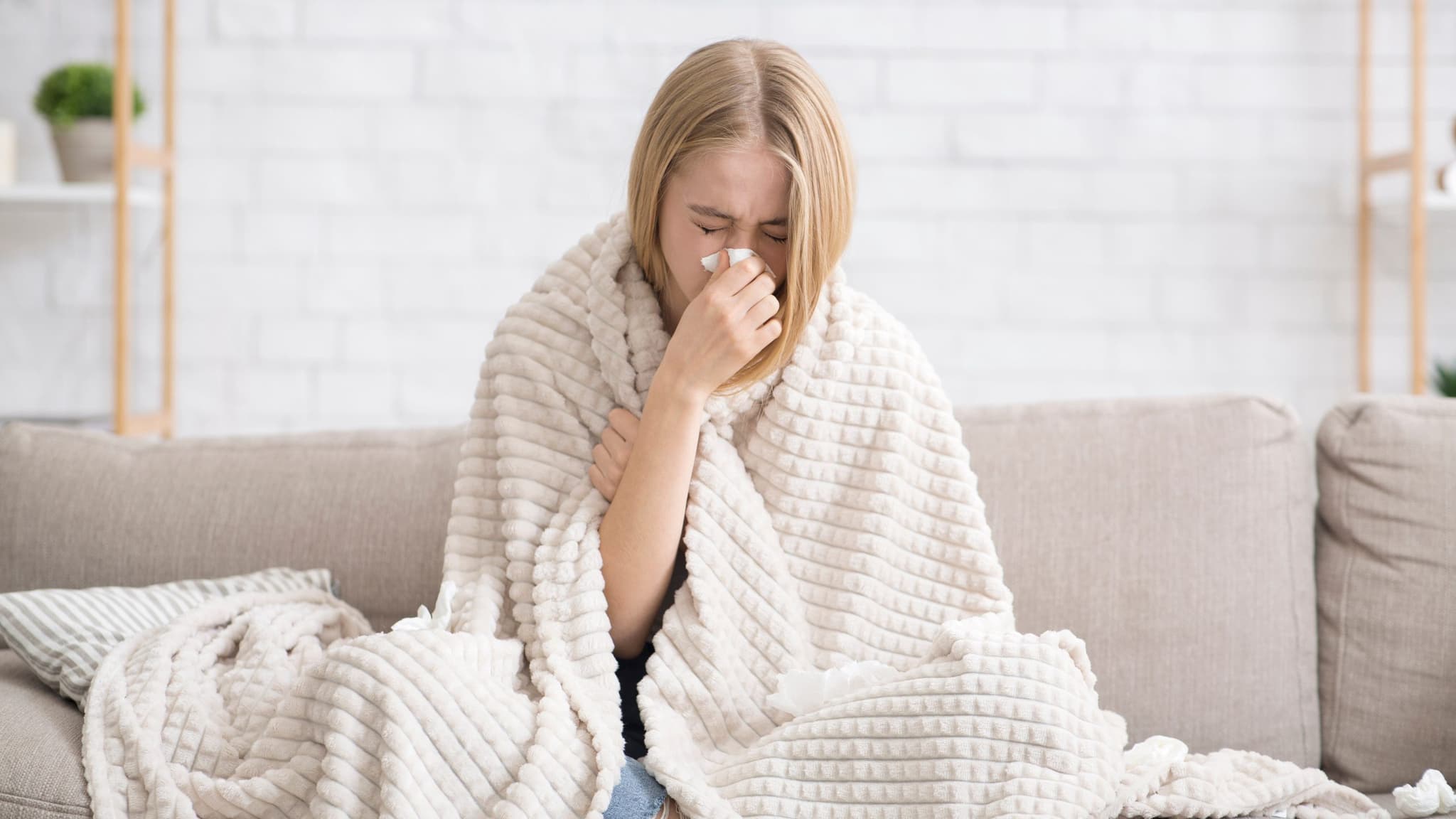
2025-07-10T09:26:52
Top Altitude-Related Health Issues in Utah and How to Prevent Them
- Family Medicine
- Internal Medicine
- Urgent Care
August 8, 2016 | Administration • Urgent Care
Specialties:Urgent Care

Being in the great outdoors with a crackling campfire, gooey s’mores and a sky full of stars is a favorite summer pastime. But when hanging out around the fire, proper campfire safety and burn prevention is of utmost importance.
Campfires are the nation’s leading cause of children’s camping injuries and the primary catalyst for damaging forest fires. So before heading out on your next camping trip, make sure to check out these burn and campfire safety tips.
Supervision is the best way to prevent your child from getting burned from a campfire, however, fire pits retain heat for up to 12 hours after being extinguished and most campfire burns are caused by leftover embers rather than flames. Here are a few other tips to prevent and treat burns should a burn injury occur:
While there are many ways to treat burns at home, you should call 911 in any of the following circumstances:
When waiting for emergency help to arrive, lay the person flat with their feet elevated about 12 inches and the burned area elevated above heart level to prevent shock. Be sure to also monitor pulse and breathing.
If you or a loved one is burned and notice increased pain, fever, swelling or blistering around the burn area, contact a doctor right away who can prescribe antibiotics and pain medications.
WRITTEN BY:
The Live Better Team

2025-07-10T09:26:52

2025-05-23T11:57:52

2025-01-09T10:36:36

2023-11-07T16:28:04
This information is not intended to replace the advice of a medical professional. You should always consult your doctor before making decisions about your health.